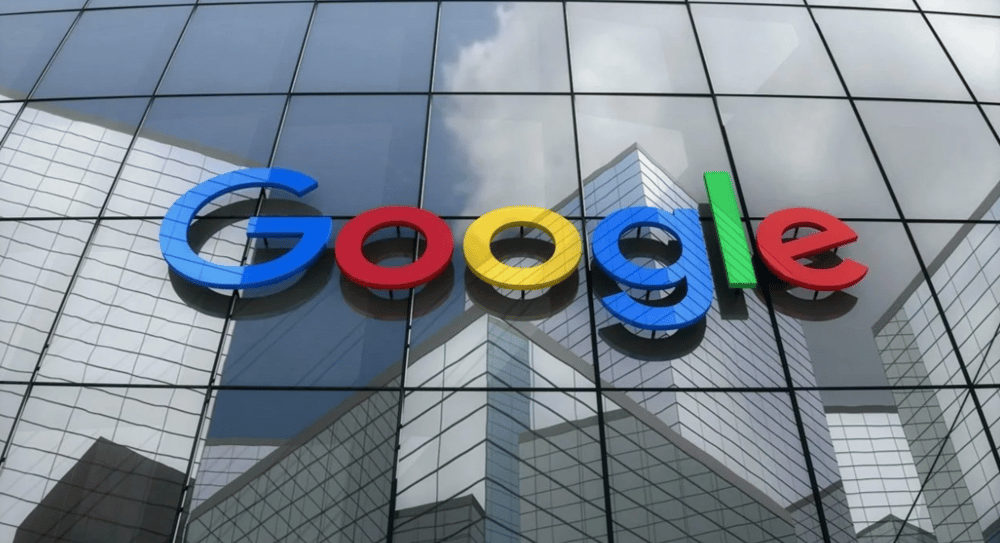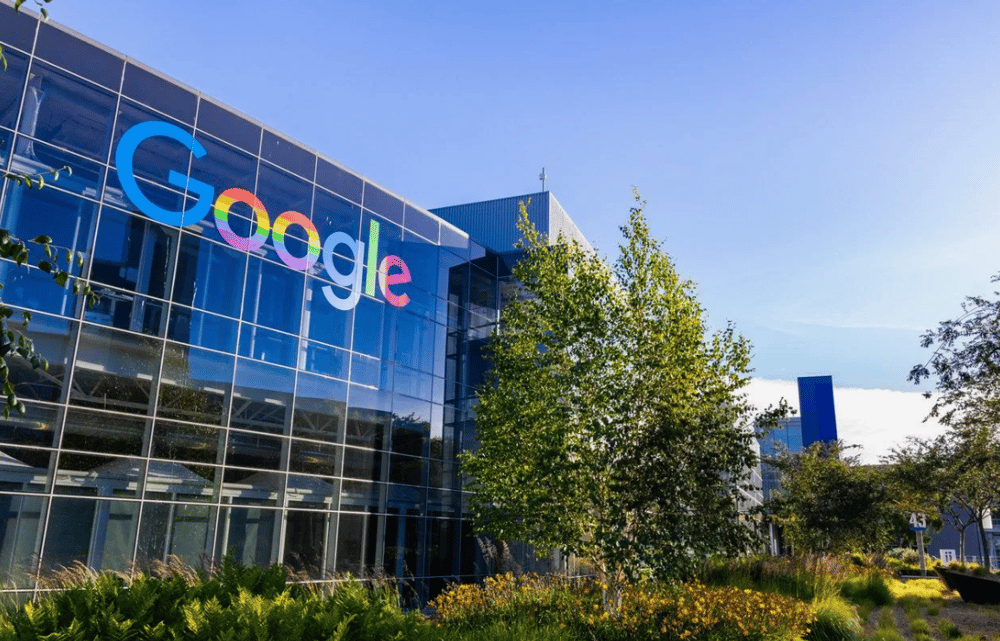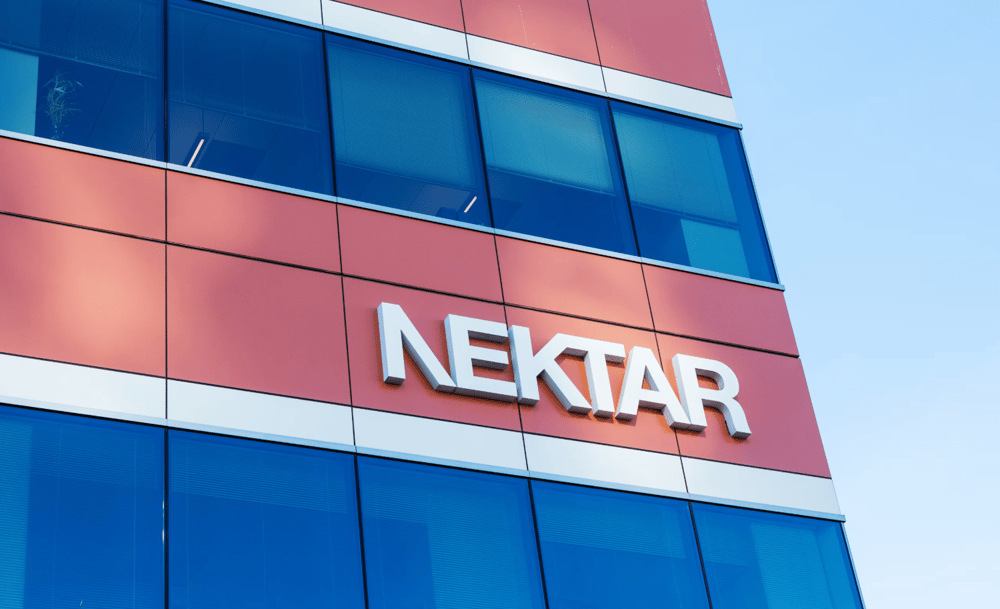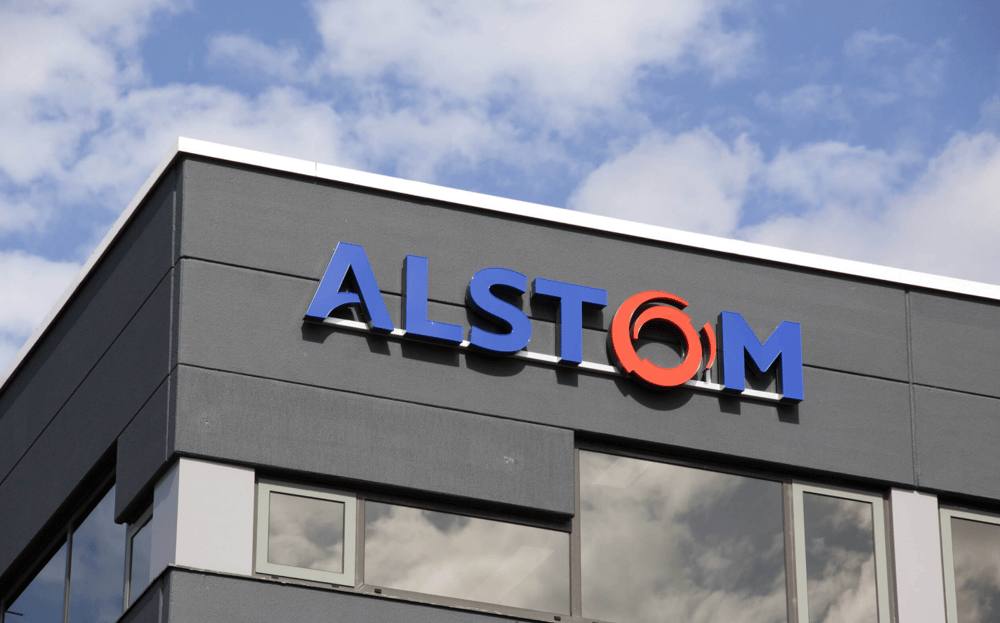Google Offers Voluntary Buyouts Across Key Divisions Amid Ongoing Workforce Restructuring
Alphabet Inc.'s Google $GOOGL has initiated a new round of voluntary employee buyouts, targeting several business units within its Knowledge & Information (K&I) division, as well as engineering, marketing, research, and communications departments, according to reports confirmed on Tuesday.
The move marks the latest in a series of workforce restructuring efforts that began with the high-profile layoff of 12,000 employees in 2023. This time, instead of enforced redundancies, the company is offering voluntary exit packages to selected teams in an attempt to optimize operations, reduce fixed costs, and reallocate resources toward core growth areas, particularly artificial intelligence (AI), advertising technologies, and cloud services.
Analyzing the Impacts of Google’s Workforce Strategy Shift
The K&I division houses Google's key revenue-generating pillars, including Search, Ads, and Commerce — all central to its digital advertising empire. Voluntary buyouts in this unit may appear surprising but are likely part of a strategic shift to refocus internal structures, trim overlapping functions, and accelerate the integration of AI-driven productivity tools across the organization.
This restructuring is unfolding against the backdrop of a highly competitive landscape, where tech giants are recalibrating headcount in response to capital efficiency pressures, evolving digital consumption, and the need for faster product cycles.
While the total number of affected employees has not been disclosed, reports suggest the buyouts are widespread across technical and non-technical roles. This approach allows Google to streamline its talent base without triggering the reputational damage or internal dissent often associated with large-scale layoffs.

📌 Quick Facts:
🧠 Divisions affected: Knowledge & Information (Search, Ads, Commerce), central engineering, marketing, research, and comms
📉 Voluntary buyouts offered instead of direct layoffs
🏢 Part of ongoing workforce rationalization that began in 2023
🔄 Goal: Reallocation of talent toward AI and core revenue functions
🤖 AI integration and operational focus cited as strategic drivers
Market and Industry Reactions to Google's Continued Restructuring
From an investor standpoint, Alphabet’s shift toward leaner operations is generally welcomed, especially given its ambitions to lead the generative AI race alongside Microsoft $MSFT and Amazon $AMZN. The company’s cost discipline and strategic clarity are viewed as long-term positives by analysts, even if short-term morale and internal transitions pose challenges.
The broader tech sector has shown a pattern of labor force recalibration in 2024 and 2025. Amazon, Meta $META, and Salesforce $CRM have similarly trimmed teams or offered buyouts in non-core areas to boost margins and re-invest in growth verticals like AI and cloud computing.
Importantly, Google's shift in headcount strategy reflects a nuanced evolution from blanket layoffs to more tailored buyout offers, a signal of improved internal cost modeling and a focus on retention in high-impact verticals like Tensor AI, Gemini, and Google Cloud.

🔍 Key Points:
Voluntary buyouts reduce reputational risk compared to forced layoffs.
Affected teams span both technical and support functions, highlighting broad realignment.
Google Search and Ads, despite being core, are not immune to internal restructuring.
Restructuring aligns with Alphabet's AI-first strategy, especially post-Gemini integration.
Investor sentiment remains positive, with Google stock trading resiliently on cost optimization signals.
Google's HR Realignment Reflects Deeper Strategic Priorities
Google's latest round of voluntary buyouts highlights the company's continued commitment to operational efficiency and strategic focus amid a rapidly evolving technological landscape. Rather than executing broad layoffs, Alphabet is opting for more refined measures — offering exit packages where overlap exists and redirecting resources toward growth segments.
As the company further embeds AI capabilities into its core products, the reorganization of internal teams suggests a future built around automation, machine learning, and platform unification. For investors and analysts, these steps signal not weakness, but a more mature phase of corporate adaptation to long-term trends.















Comments
Forward-leaning investments continue to fuel transformative growth in high-tech industries